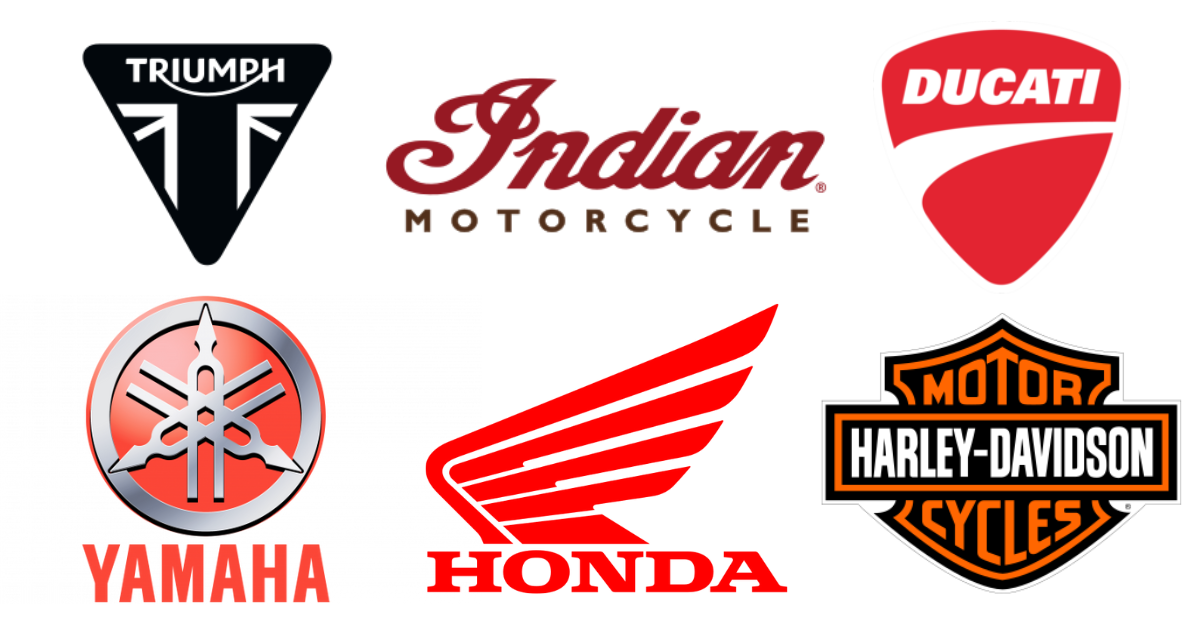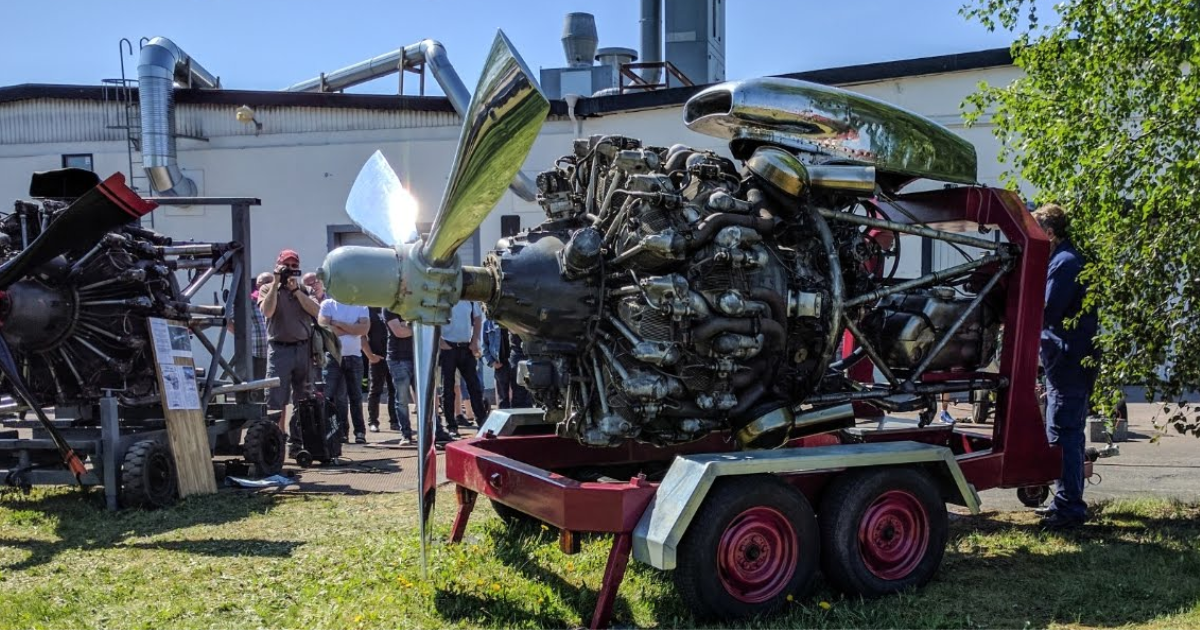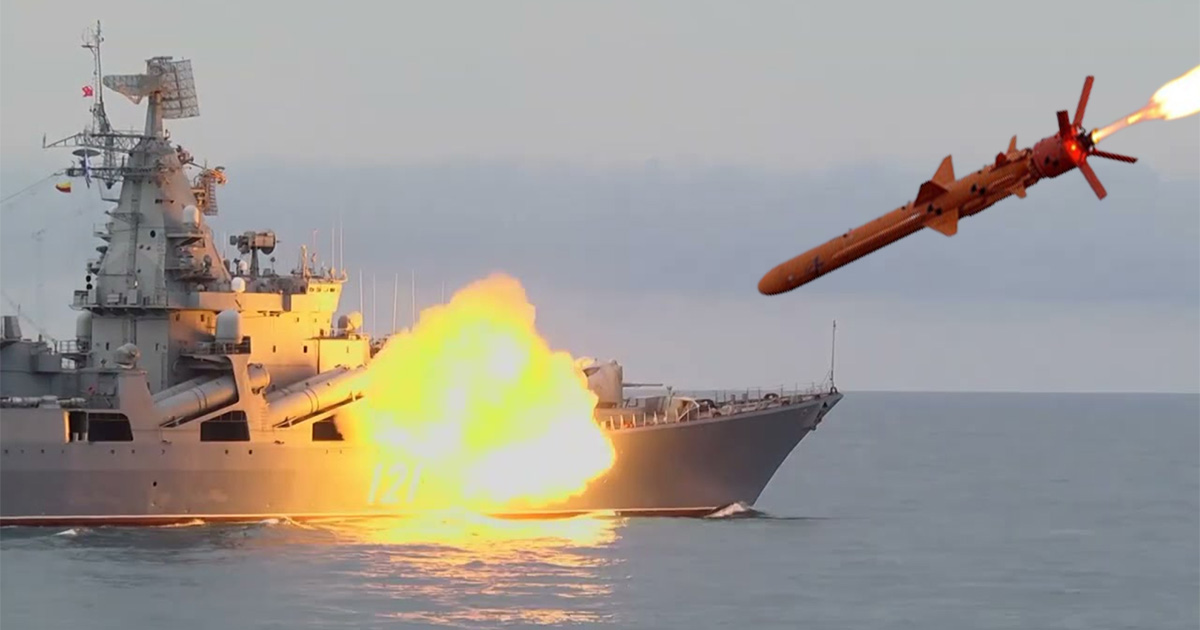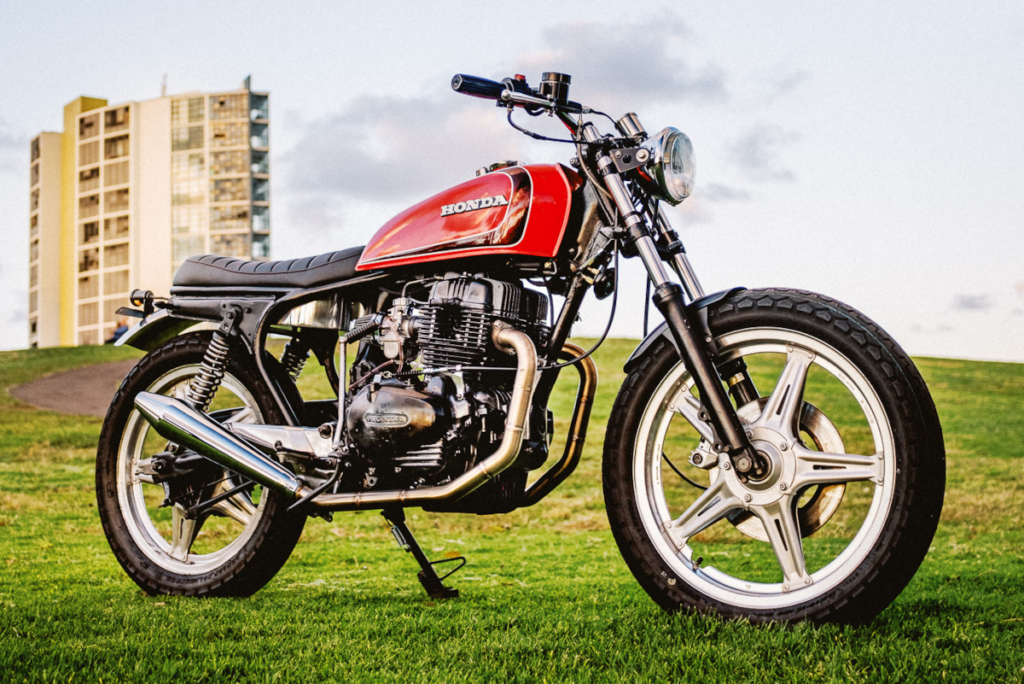
The Honda CB250 was the first entry-level motorcycle in its class when it was released in 1968, and it was followed by the CB72. It had a parallel-twin engine, dual Keihin carburetors, a top speed rating of 100 mph, elegant simplicity, and everyday usability that made it better than both Western and Japanese bikes.
The Honda CB250 Start
The Honda CB250 is a reliable motor that has been around since the 1960s. This bike doesn’t try to be fancy, but it still works well, so if you want a reliable bike, the Honda CB250 could be a good choice.
This bike’s engine doesn’t have a lot of power or torque, but it’s great for riding around town or for short trips to work. If you try to go faster, though, the bike might not be able to keep up.
This motorcycle is well-made and has been around for more than 30 years. If things do go wrong, they are easy to fix. Honda is a reliable company, and you can trust its history and brand.
Honda CB250 Specifications
- Engine size: 234cc
- Engine type: 4V parallel twin, 5 gears
- Frame type: Tubular steel cradle
- Fuel capacity: 16 liters
- Average fuel consumption: 75mpg
- Seat height: 755mm
- Wheel Base: 54.9in
- Bike weight: 132kg
- Front suspension: None
- Rear suspension: Preload
- Front brake: 240mm disc
- Rear brake: 130mm drum
- Front tire size: 90/100 x 18
- Rear tire size: 120/90 x 16
- Transmission: 6-speed constant mesh
Features of Honda CB250
Let’s talk about the features of the Honda CB250 in detail;
Engine
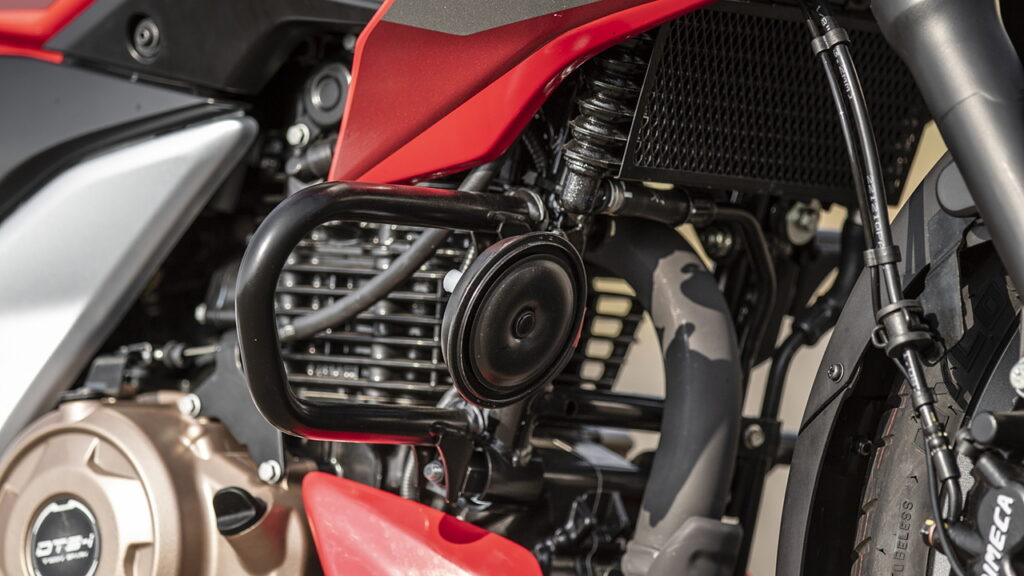
The Honda CB250 has an air-cooled, 4-stroke, parallel-twin, overhead camshaft engine. The compression ratio is between 9.5:1 and 9.2:1, and it has two 30-mm constant-speed Air and fuel mixed in Keihin carburetors.
The bore-stroke ratio was first set to 56 x 50.6 mm (2.205 x 1.992 inches), but it was later changed to 53 x 53 mm (2.087 x 2.087 inches), which was the perfect balance between speed and pulling power.
In the same way, the piston displacement started out at 249 cm³ (15.2 in³) but was reduced to 234 cm³ (14.3 in³) by changing the bore and stroke.
Fuel & Lubrication
For models produced before 1982, the fuel tank can hold up to 12 L (3.2 US gal) of unleaded gas with a minimum rating of RON 95. This went up to 16 L (4.2 US gal, plus 3.2 L/0.85 US gal reserve) of PON 86+ fuel for Nighthawk trims.

Using lower-Octane fuel is not a good idea for any model because it can cause the spark to keep going off and the engine to break down.
With a change in weather and riding conditions, you can switch to another multigrade oil than what is recommended in the owner’s manual. But engine oils that aren’t recommended by the OEM should have an API grade of at least SJ and meet JASO T903 MA/MB standards.
Drivetrain
A 5-speed forward constant-mesh integral gearbox makes the Honda CB250 roar to life. At the same time, power is sent to the wheels through a wet multi-plate clutch assembly with a gearshift sequence of 1-N-2-3-4-5.
The wheelspin is controlled by an open DID520VC5 or RK520MOZ9 chain. If the stock chain gets worn or broken, you can replace it with an RK Racing Chain GB520MXU-120 (520 Series), Gold.
Ignition
The CB250 Honda has a digital CDI (Capacitor Discharge Ignition) system and a bobine electric starting system with a kick-starter as a backup. The two-wheeler is charged by a Coiligni alternator, and a 12V 12Ah/(10 HR) battery powers the lights and electronics.
The spark ignition is done by an NGK B-8ES, NGK CR6HSA, or Nippon Denso U20FSR-U spark plug with a 0.6–0.7 mm (0.024–0.028 inch) gap between the electrodes.
Tires & Brakes
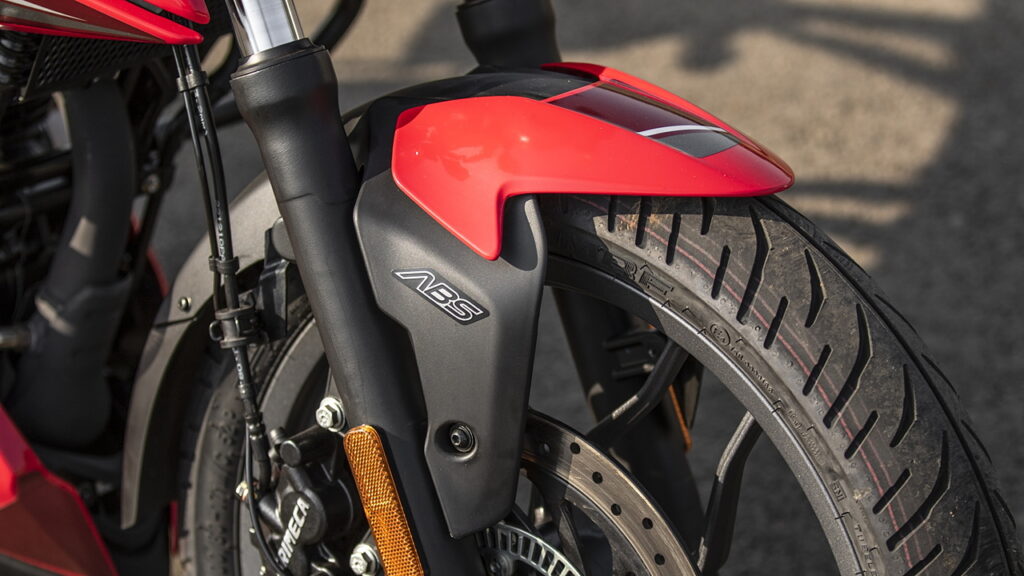
The front tires are 3.00-18 (4PR), and the back tires are 3.25-18 (4PR). The hubs are made of cast aluminum. Depending on how fast you drive and how much you are carrying, the recommended cold tire pressure for these stock knobbies is between 176.5 and 200 kPa (1.8 and 2.0 kgf/cm2, or 25.6 and 28 psi).
The Honda CB250’s brakes are front and rear internal expanding drums that are 52.2 cm2 x 2 in size. Nighthawk trims, on the other hand, have front and rear tires that are 90/100 18M/C 54S Dunlop K300MA and 120/90 16M/C 63S Dunlop K327AG.
Unless riding conditions or weather change, the recommended cold tire pressure for these Dunlop radials is always 200 kPa (2.0 kgf/cm2, 28 psi). You can switch them out for same-size Dunlop Geomax MX33 Dirt Bike Tires if you want to drive faster.
Suspension
Inside the semi-double-cradle steel frame (63° caster angle, 85 mm/3.3 inches trail for earlier models, 28°46′ caster angle, 108 mm/4.3 inches trail for later models) are front telescopic forks and a rear swingarm with an adjustable pre-load.
The wheelbase is 1,320 mm (52 inches), the minimum ground clearance is 150 mm (5.9 inches), and the turning circle is 4.2 m (13.8 feet). For Nighthawk models, the wheelbase grew by 100 mm, and the road clearance grew by 10 mm.
Dimensions
Older versions of the Honda CB250 measure 2,090 mm by 775 mm by 1,075 mm (82.3 x 30.5 x 42.3 inches – L x W x H). The Super Dreams that came out between 1978 and 1986 are a little bit longer and narrower.
There isn’t much difference between these dimensions and those of later Nighthawk trims, which are 2,092 x 741 x 1,087 mm (82.4 x 29.2 x 42.8 inches – L x W x H). The saddle height is about 755 mm for all models (29.7 inches).
In terms of weight capacity, the bike can carry 96 kg (21.75 lbs) at the front and 126 kg (273.1 lbs) at the back. For California releases, the dry weight is 131 kg (289 lbs), and for all other models, it is 130 kg (287 lbs).
At first, the curb weight was 160 kg (352.8 lbs), but it was later reduced by a few pounds. With a curb weight of 185 Kg, the CB250T Dream (1977–1988) is the heaviest of all the models (407.9 lbs., including fluids).
Exterior
Most Honda CB250 trims had a Western or European look, and double-chrome exhausts and dampers were one of its most noticeable features. For example, the Dream (CB250T) and Super Dream (CB250N) series were said to look like their bigger namesakes, the CB750F and CB900F.
The fuel tank on the 250-class Honda was wider and rounder than the one on the famous CB72. It was also longer and set lower, which made it easier to ride and less crowded.
On the other hand, most owners and test riders don’t like how wide the handlebars are, which makes riding hard in moderate winds. The problem might not be true for all models on the market, but it is for the Honda CB250 G5.
Honda vs Rivals
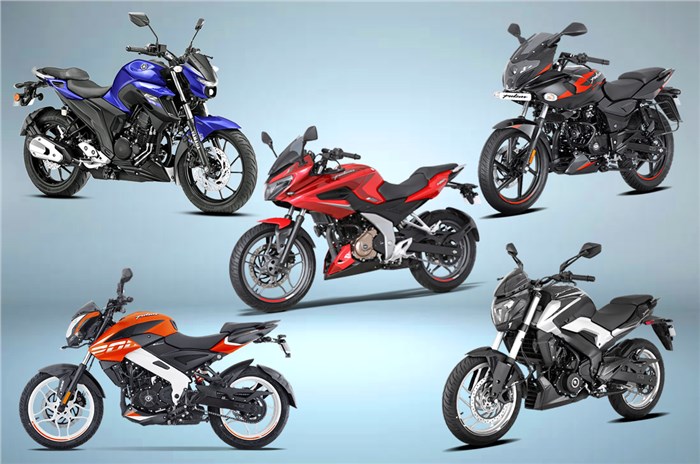
The CB250N’s biggest selling point may have been that it gave the impression that the rider was on something bigger and scarier. This was because of how big the bike was and how much it looked like the bigger 400cc version.
It filled a need for smaller machines that weren’t race replicas or two-strokes. Some new and younger riders needed a bike to get to work and around town. The Super Dream gave them what they needed in a stylish package.
You still had the Kawasaki KH250, the Yamaha RD250 and the later RD250LC, the Suzuki X7, the RG250 Gamma, and, outside of the UK, the Kawasaki KR250. However, all of these bikes were two-stroke race replicas that didn’t compete with the Super Dream because they were for different riders and different purposes.
The Suzuki GSX250 was a four-stroke parallel twin that was made by the company. But the Honda was and still is thought to be a better machine for getting around town in terms of technical design and comfort.
The Z250 was made by Kawasaki, but it wasn’t quite as good as the Honda. The Honda Superdream was at the front of the lightweight four-stroke renaissance, so Honda did everything it could to keep it at the top of people’s “wishlists.” The number of sales speaks for itself.
Honda CB250 Variations

From 1978 to 1986, there were several models.
1978 – CB250N
1980 – CB250NA
1981 – CB250NB and the first Deluxe model
1982-85 – CB250NDC
1986- CB250NDD
From 1982 to 1986, only the Deluxe versions were on the market. The CB250N, on the other hand, didn’t get any big changes. Only small things like paint schemes, mirror styles, seats, etc., were changed.
Honda CB250N Owners’ Review
The overall rating of the Honda CB250N is 3/5 on MCN. Let’s have a look at what the owners have to say;
“I’ve just started training as a motorcycle instructor so I got this 1995 model for £400 so I don’t wreck my Z750S and I’ve got to say for a 250 it’s a right laugh, yes you’ve got to rev it and use the gears to get up to speed and the handling isn’t as good as some others but it just gives it a bit of character and for town use it’s got plenty of go and is light and nimble for nipping through traffic, probably easier than my Z to be honest, so over all don’t take it on dual carriageways or motorways and it’ll be a good little bike for you.”
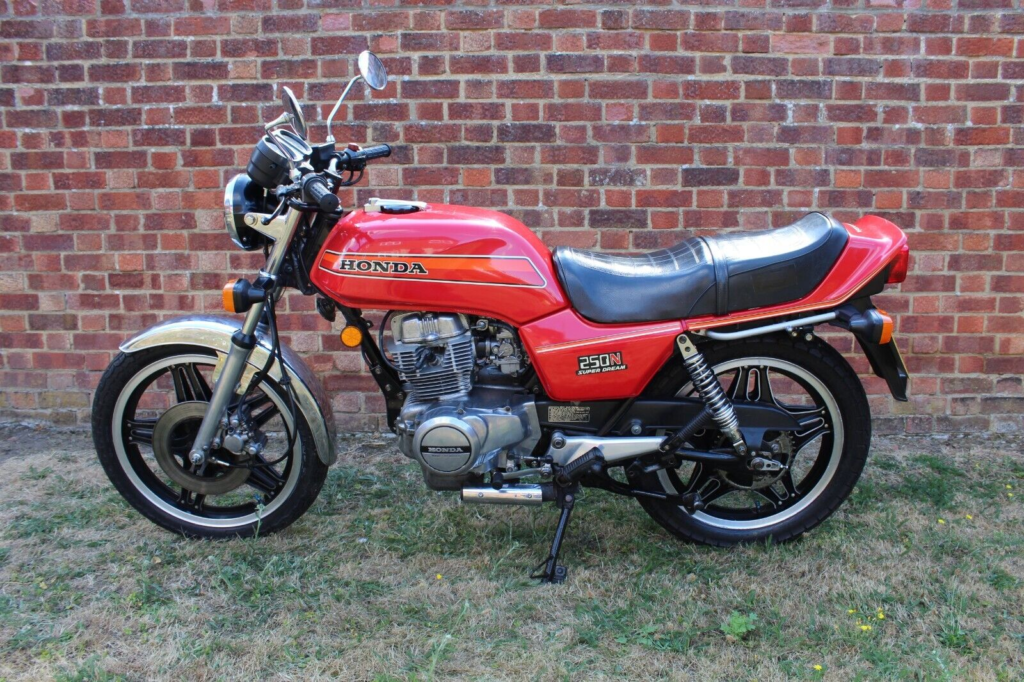
“This is a fantastic bike, providing a very comfortable, and economical ride (at least 80mpg). It is a perfect commuter bike, especially for cities. It is also the absolute best choice if you have a restricted license. I love my CB250.”
Conclusion
The Honda CB250N is a great quarter-liter bike. It was one of the best-selling bikes of its time because of how well it was made, how reliable it was, and how it looked.
If there hadn’t been a 125cc law, I think Honda would have kept making the Super Dream because it was a popular bike. It was a good step back toward lightweight four-stroke machines at a time when emission laws made it hard for two-strokes to be used on the road.

